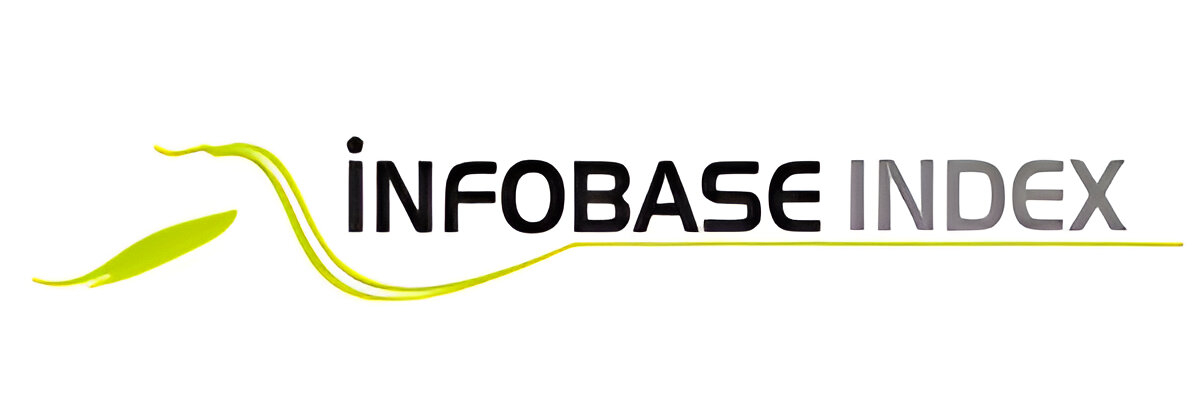BREAST CANCER PREDICTION USING ULTRASOUND IMAGES
Abstract
Breast Cancer is a huge clinical and social issue that draws consideration from the worldwide academic
local area. The characterization of ultrasound pictures of Breast Cancer plays a significant job in PC supported
demonstrative frameworks. In this paper, we present a profound learning strategy for the determination of Breast
Cancer utilizing ultrasound pictures. The proposed framework use Move Learning, an AI approach that permits the
reuse of pre-prepared models for new undertakings. Four pre-prepared models, specifically VGG16, VGG19,
MobileNetV2, and ResNet50V2, were considered for building the framework. Our review utilizes a public dataset
that contains 9016 ultrasound pictures connected with harmless and threatening bosom diseases. Results
demonstrate that the VGG19 network is the most dependable model in ordering bosom malignant growth as
harmless or dangerous. The proposed framework showed surprising outcomes, with an exactness rate of 98.44% as
acquired from the VGG19 model. This study underscores the capacity of Move Figuring out how to work on the
accuracy of bosom growth order in light of Ultrasound Pictures. Also, the high precision accomplished by the
proposed framework, as shown by the 98.44% exactness rate got from the VGG19 model, highlights the capability
of profound learning procedures in altering clinical imaging and conclusion. With further refinement and approval,
such frameworks could act as significant apparatuses for medical services experts, supporting early recognition and
exact portrayal of bosom malignant growth, accordingly prompting worked on persistent results and decreased
medical services loads. Regardless, it's critical to recognize the requirement for broad clinical approval and
administrative endorsement before the broad reception of simulated intelligence based demonstrative frameworks in
clinical practice. Joint efforts between mainstream researchers, medical care suppliers, and administrative
organizations are fundamental to guarantee the security, adequacy, and moral utilization of such advances in medical
services settings











